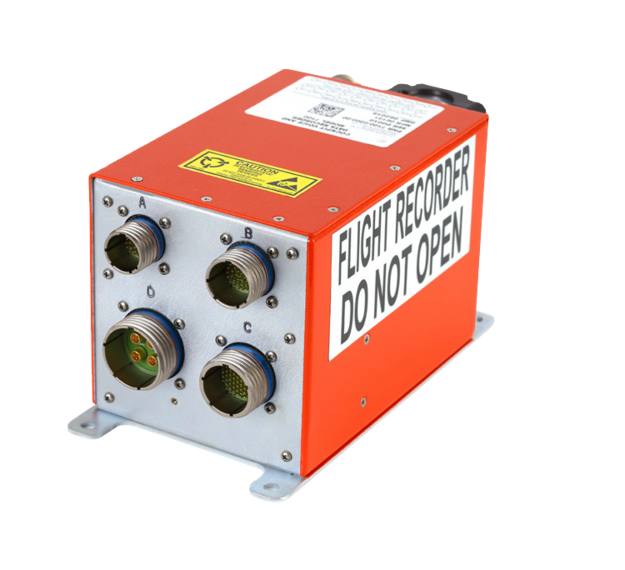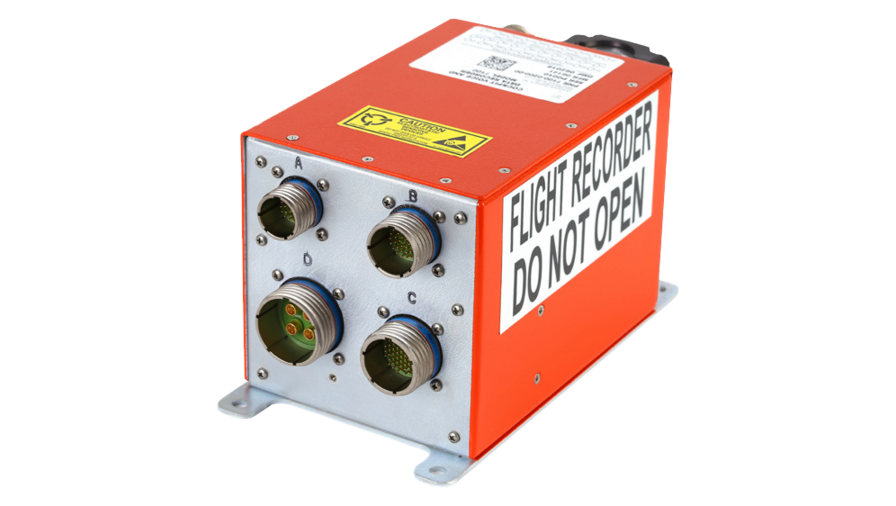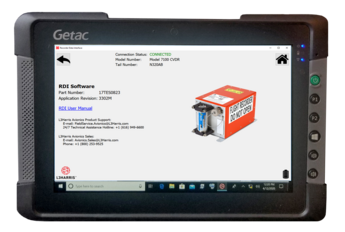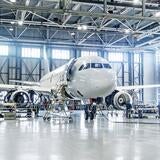From the time that Wilbur and Orville Wright made their first powered flight in 1903, there has been a need to record flight data. In the case of the Wrights, they wanted to know how many turns the propellers had made during a flight, which was information that was useful in determining – and improving – the propulsive efficiency with the propellers.
For the most part, the next 40 years of flight data was primarily of interest to those engaged in building and testing new aircraft designs and that information was recorded by hand during the test flights, or in post-flight pilot observations. In 1939, however, two French inventors developed a device that automatically recorded several flight parameters on slowly moving photographic film that was exposed to a thin beam of light bent by moving mirrors. Because the container needed to be completely lightproof,some believe that this may have been the origin of the phrase “black box” as being synonymous with flight data recorder.
While recorded flight data continued to be important in understanding how new aircraft designs were performing purely from an engineering standpoint, with increasing numbers of people flying aboard commercial airliners by the 1950s – the challenge of understanding aviation accidents of production airplanes became the driving interest in understanding what – and why – things sometimes went wrong during flight. Realizing that accident investigators very rarely had the luxury of the first-hand observations of the cockpit crews involved in accidents, in 1953 an Australian aviation engineer, David Warren, built the first flight data recorder that also recorded the conversation of the cockpit crew. Warren realized that the comments of the flight crew, recorded concurrently with certain physical data about the airplane itself, could prove invaluable in determining why an accident happened.
By 1960, the Australian government mandated that all commercial airliners be equipped with cockpit voice recorders (CVRs) and flight data recorders, and soon the United States and most industrialized nations around the world followed suit.
In the half-century since data and voice recorders have been required, equipment on all scheduled airlines flights, the devices have evolved to measure not just the early 1960s parameters of airspeed, altitude, heading and attitude (whether the nose of the airplane is pointed up or down, or the wings are level or banked), but thousands of other parameters which can help pinpoint why an accident happened. Beyond the post-accident investigatory importance of this information, the recorded data from normal, day-to-day flights is proving increasingly useful to aircraft owners and operators who periodically download it for computer analysis which can reveal maintenance concerns in their earliest stages of development, or can help determine more cost-effective ways in which the aircraft can be operated.








